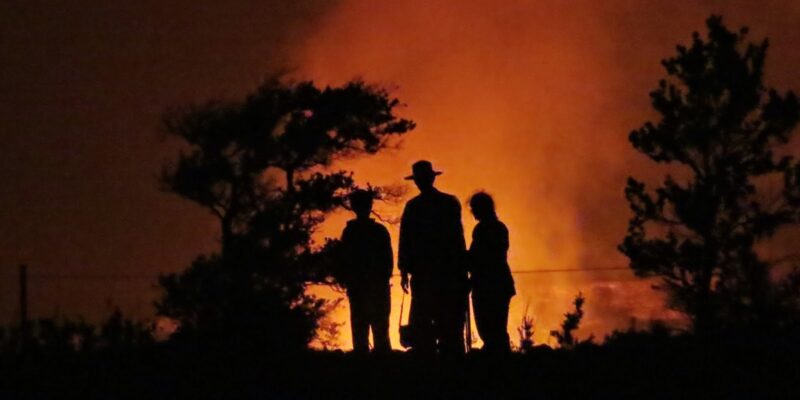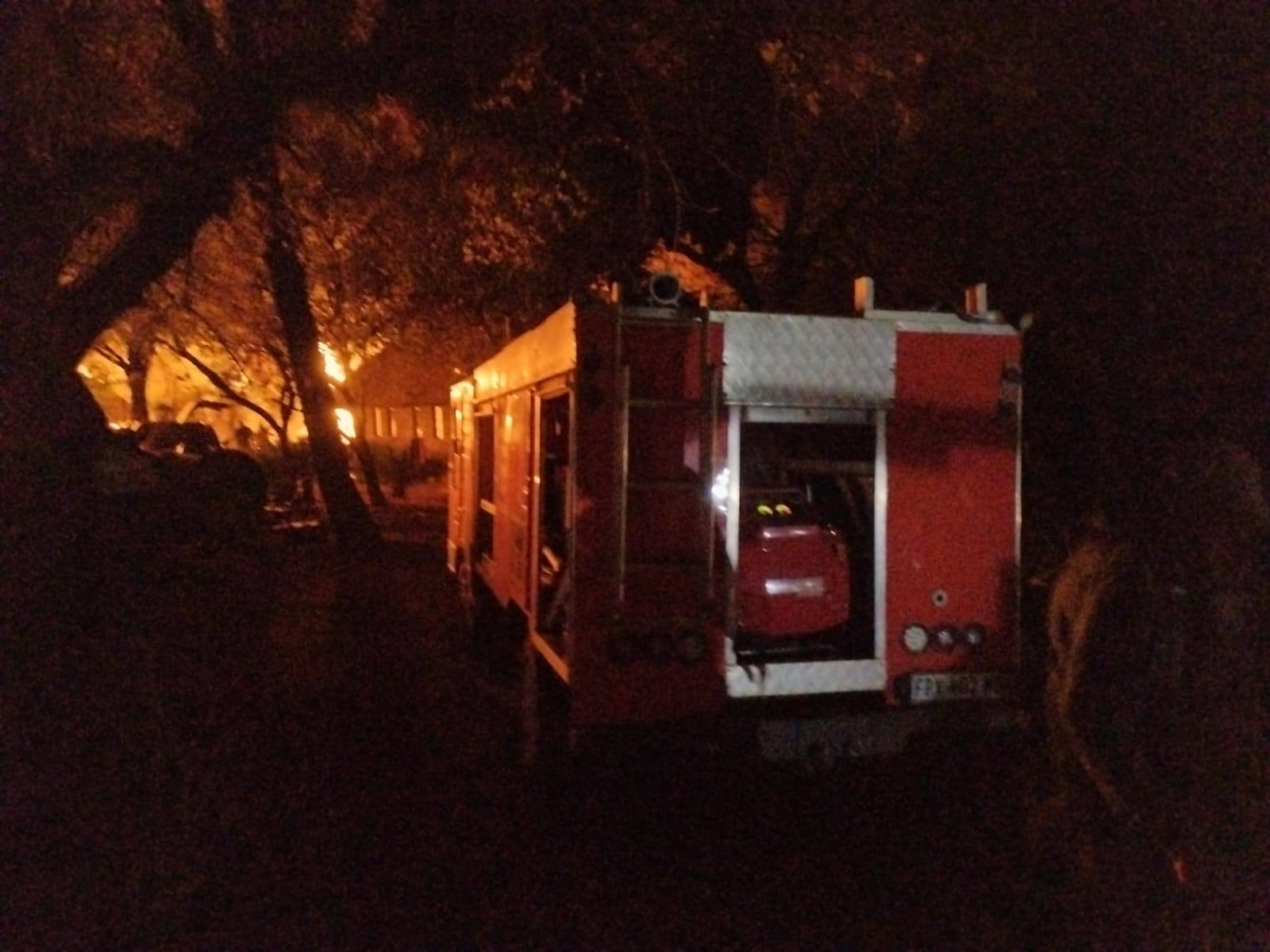
As we spend time with family and friends while here in the US, we are often asked if we’d buy a home in another country besides the US. At this point, we have no interest in doing so and doubt we will be interested in the future. We’re not getting any younger, and the thought of the effort and costs associated with home maintenance doesn’t appeal to either of us, especially considering some of the risks listed below of undertaking such a task.
Besides, we still have a lot of interest and stamina to continue traveling, and buying a home anywhere in the world would impact our ability to continue paying the costs of travel, along with the costs of home ownership, which continue to escalate.
Buying a home in a foreign country can be a rewarding adventure, but it comes with significant risks that require careful consideration. Here are the key risks to be aware of:
1. Legal and Ownership Issues
-
Land ownership laws: Some countries restrict or prohibit foreign ownership of land or property (e.g., Thailand, Mexico’s restricted zones).
-
Title and Deed Concerns: Verifying a clear title can be challenging. Fraud or unclear ownership history is more common in some countries.
-
Zoning and building codes: You may unknowingly buy a property that violates local laws or cannot be legally used as intended.
2. Currency Fluctuations
-
Exchange rate volatility: A weak local currency may make buying cheaper, but long-term ownership costs (such as taxes, maintenance, and repatriating profits) can fluctuate dramatically.
-
Financing issues: Mortgages for foreigners may be rare or come with high interest rates and strict conditions.
3. Political and Economic Instability
-
Property rights risk: In countries with unstable governments, properties can be seized or heavily taxed with little notice.
-
Policy changes: Visa rules, ownership rights, or taxation laws may change quickly and without warning.
4. Bureaucracy and Corruption
-
Complex procedures: Legal paperwork, permits, and registrations may be slow, confusing, or require bribes.
-
Unethical agents: There may be little regulation of real estate agents or attorneys, which can lead to scams or misrepresentation.
5. Taxation Surprises
-
Double taxation: You may owe taxes in both the foreign country and your home country.
-
Inheritance laws: Local inheritance rules may override your will, leading to property disputes or forced sales.
6. Property Management Challenges
-
Maintenance and oversight: Managing property from afar can be costly and unreliable without trustworthy local support.
-
Rental restrictions: Short-term rentals (like Airbnb) may be banned or heavily taxed in tourist-heavy areas.
7. Cultural and Language Barriers
-
Miscommunication: Contracts, negotiations, and legal processes can be misunderstood due to language or cultural norms.
-
Local customs: You might be unaware of social expectations or informal rules that affect the property’s value or use.
8. Resale and Liquidity Risk
-
Limited buyer pool: Properties in remote or less desirable areas may be challenging to sell.
-
Lower appreciation: Real estate markets in some countries don’t grow as steadily as in more developed nations.
How to Reduce the Risks
-
Hire an independent, bilingual real estate attorney.
-
Research the country’s property laws for foreigners.
-
Visit multiple times to gain a deeper understanding of the local market.
-
Never buy sight unseen or rush into a deal.
-
Use a reputable escrow service and verify all documents.
On another note, last night we had a lovely evening at the home of our dear friends Chere and Gary, who live nearby in Eden Prairie. The food was fantastic, mainly when Chere, a highly educated nutritionist and life coach, eats like I do, so she had many options for us, along with more carb-heavy foods for Tom and Gary.
The conversations centered around world travel, of which they’ve done frequently, especially with their trip last year to Tanzania and Kenya. Our shared love of wildlife generated many great stories.
With most of our days and nights booked over the next ten days until we embark on our return trip to South Africa, we won’t be able to see Chere and Gary again. But we will return to the US again next May for Miles’ graduation and then two years later for Madighan’s.
It’s been wonderful spending quality time with family and friends, with much more to come in the next several days.
Be well.
Photo from ten years ago today, June 5, 2015:
There was no post on this date ten years ago, as we lost a day due to crossing the International Dateline.

















































